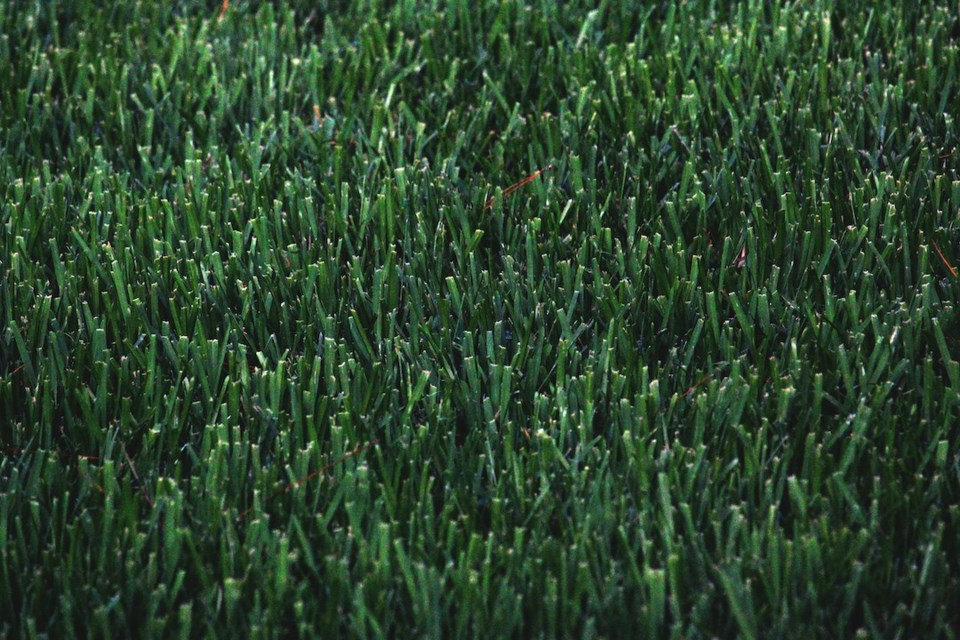Editor:
This fall/winter I have noticed the increased use of artificial turf, particularly on the waterfront in Davis Bay.
There is no question climate change/drought/maintenance is making many homeowners re-evaluate their landscaping options, however I wonder if they are truly considering the environmental impact of artificial turf?
Have our local governments, in their effort to reduce landfill waste/environmental concerns considered this?
Artificial turf is a petroleum-based product. It off-gasses, breaks down into bits, and has a life span of 15 to 20 years, after which it is landfill. It is not recyclable. As well, it essentially puts a plastic coating on our soil aerators ie. bugs, worms, and prevents our birds from foraging.
“Life” does not flourish, including flowers, weeds…all things essential for our very threatened pollinators.
I urge our local governments to take a stance on homeowners installing artificial turf. The beautiful natural landscape on the Sunshine Coast affords us with boulders, lichen, mosses…all that nature gives us. “Golf course” green lawns are a remnant of a past, which includes our mistaken thinking that water is infinite, pesticides are miraculous, and that all our plastic will magically disappear. While artificial turf does not require water or pesticides, it brings its own issues.
Uli Hadeler
Halfmoon Bay



